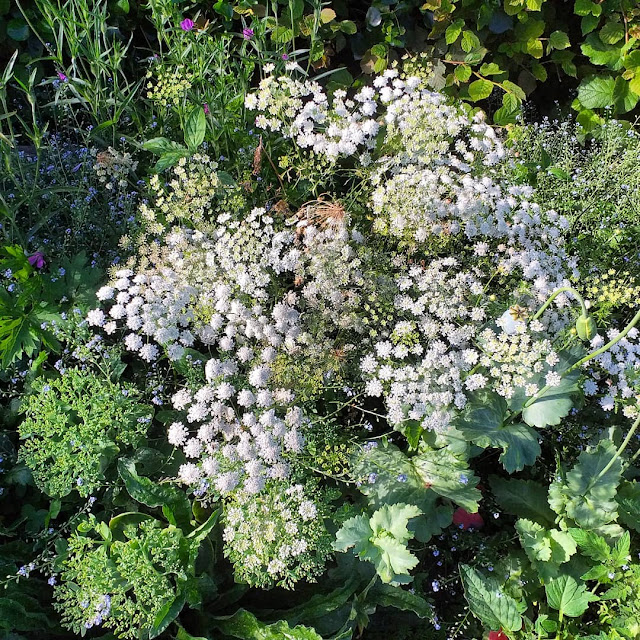Hugelkultur: Nature’s Raised Bed — Why We Love It at Chew Gardens
At Chew Gardens, we believe in working with nature, not against it. One of the techniques we’ve come to love — and regularly weave into our garden designs and landscaping — is Hugelkultur (pronounced hoo-gul-culture). It's a centuries-old method with roots in German and Eastern European gardening, but it couldn’t be more relevant to today’s climate- and budget-conscious world.
What is Hugelkultur?
Hugelkultur is essentially a raised garden bed built from the ground up — literally — using layers of decomposing wood, organic matter, and soil. Think of it as a living compost heap shaped into a mound or sculpted landform that becomes both functional and beautiful.
Over time, these mounds break down, enriching the soil, retaining moisture, and reducing the need for fertilizers or irrigation. But more than just a practical growing technique, it’s a form of regenerative landscaping that brings a unique aesthetic to any garden.
Building the Layers: What Can You Use?
One of the most appealing aspects of Hugelkultur is how resourceful and forgiving it is. You can use:
• Dead wood and logs (the base layer)
• Branches and twigs
• Leaf litter, garden cuttings, and compost
• Grass clippings and old straw
• Brambles, weeds, and even invasive plants (yes — when layered deeply enough, they break down safely and contribute to the soil)
• Topsoil or turf (flipped upside-down) to cap it off
At Chew Gardens, we often repurpose materials directly from a site — including weeds, prunings, and storm-felled trees — transforming what could be waste into a vibrant growing structure.
Why We Love Hugelkultur (And Why Our Clients Do Too)
We’re not just fans of Hugelkultur for the novelty — it's a technique that aligns with our core values and delivers real benefits:
1. Sustainable Landscaping
By reusing on-site materials and reducing the need for imported soil or compost, Hugelkultur is a low-impact, eco-friendly solution. It sequesters carbon, supports soil biodiversity, and creates a resilient ecosystem.
2. Moisture Retention
The woody core acts like a sponge, absorbing rain and slowly releasing it back to the plants — reducing watering needs, especially during dry spells.
3. Budget-Friendly
Clients save on material costs, irrigation infrastructure, and long-term maintenance. Hugelkultur systems become self-feeding and self-watering over time.
4. Creative Landforms & Aesthetics
We love using Hugelkultur to sculpt the land — building mounds, terraces, or sweeping berms that add height, movement, and visual interest to flat or awkward sites. These landforms can also be used strategically to block wind, shape microclimates, or guide water flow in a garden.
5. Biodiversity Boost
The layered structure and decomposing wood create microhabitats for fungi, insects, birds, and small mammals, adding a rich ecological layer to your garden.
Hugelkultur: Nature’s Design, Chew Gardens’ Touch
At Chew Gardens, we don’t just build gardens — we craft living systems that thrive. Hugelkultur fits beautifully into our philosophy of working with the land, not just on it. Whether we’re designing a kitchen garden, reshaping a slope, or creating naturalistic play spaces, Hugelkultur offers a versatile, beautiful, and sustainable tool.
Got a tricky plot, a pile of brambles, or just a curiosity about what your garden could become? Do get in contact today.



Comments
Post a Comment